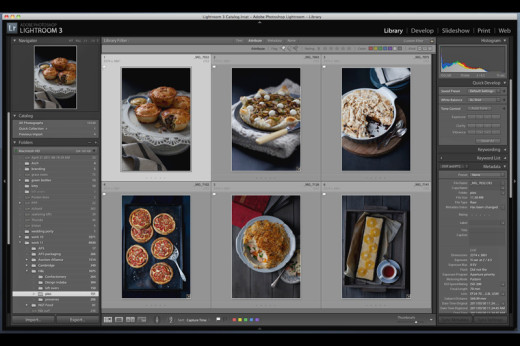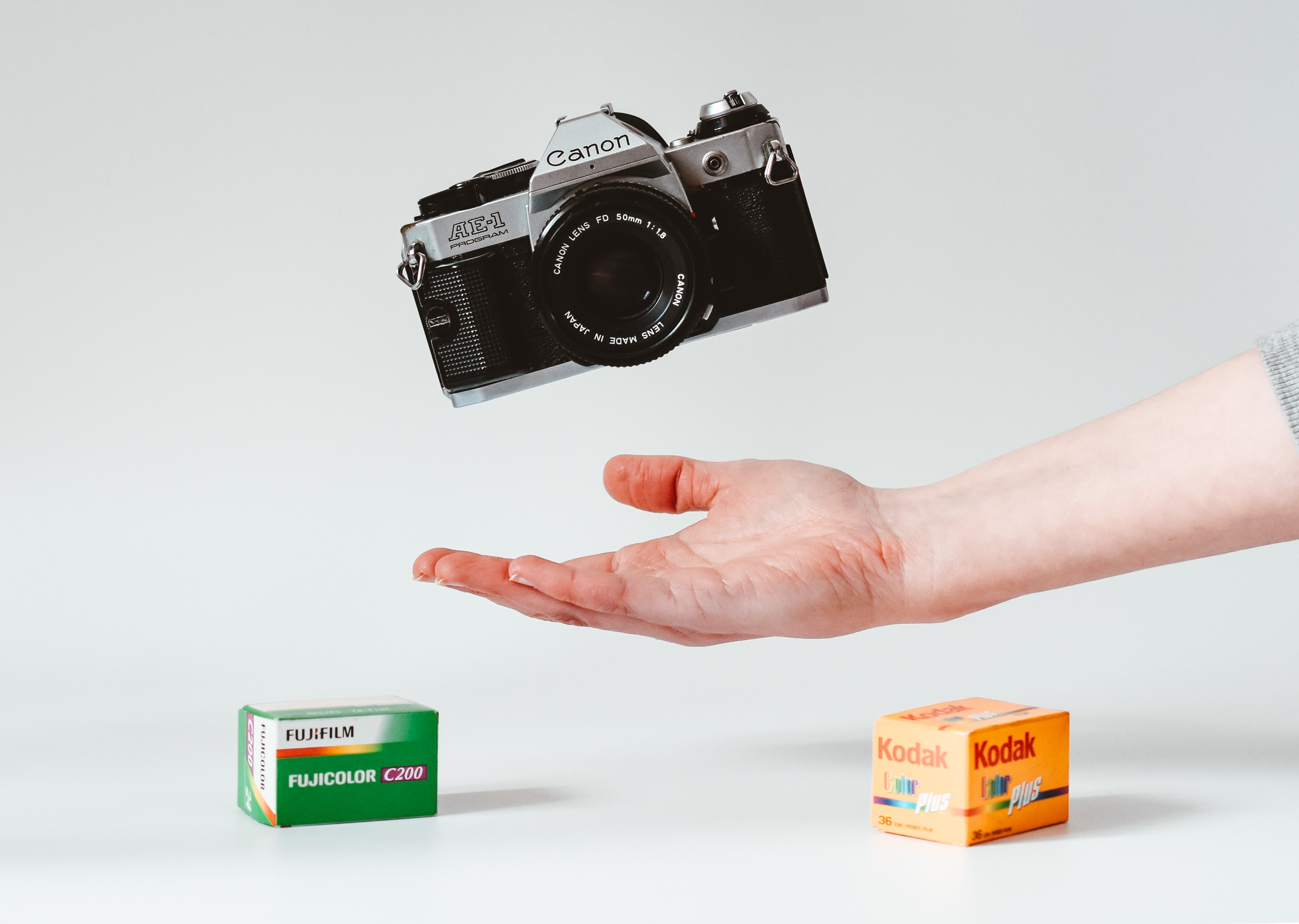Professional photographer Russell Smith shares his digital workflow, as well as some advice regarding capture rates.
For me to make the transition from film to digital meant teaching myself a whole new way of working. An efficient workflow from capturing the image, editing, processing, storage and ultimately handing over to client.
To put this in perspective, with film, once the image was shot, the roll neatly licked and bound it was delivered to your lab and two hours later ready for collection or delivery to client. Yes, Photoshop was around and retouching of the scanned image was commonplace but essentially it was a pretty quick process (not taking into account clipping/darkroom/contact sheets etc.). This is ironic as digital was partly designed to speed up the process but in my experience, it hasn’t, but more about this later.
Digital Workflow
There are so many different ways of working and getting to your end result. I have detailed my workflow as It feels comfortable to me. I welcome hearing your ways of working as I don’t profess to have mastered this.
For starters I only shoot RAW. This is like shooting film, where you still have the latitude to process the information after the moment you have captured the shot. Even though this should all be as exact as possible in camera. Jpegs are files that are processed for you in camera and in the process, information is discarded to compress the file.
I prefer to import my images in Adobe Lightroom and do an initial edit. I think it is strong for cataloging and key wording. Often I will use the Lightroom settings to manipulate contrast, white balance, exposure etc. for the client or my stylist to get a better idea what the final image will look like during the shoot.
Lightroom showing flagged selects.
If I am shooting an editorial story, I like to sit with the stylist or client and flag a final selection from the shoot in Lightroom. If there are options, and there always are, for the same image, I will email low-res jpegs to the client for final selection. For non-editorial clients I will make a short selection and send low-res through for confirmation for final selection. Spending time processing images that the client doesn’t intend to use or hasn’t signed off, is a waist of your time.
Once the final selection has been made, I then choose to process my images in Capture One. I find that it has the best algorithm to interpret RAW files and gives better colour rendition than Lightroom or any of the other RAW converters that I’ve used. It is not as intuitive and easy to use as Lightroom but then I have only a few chosen images from my shoot to work with.
Lightroom processed image on the left and Capture One processed image on the right.
Once I am happy with the result in Capture One, I export it to Adobe Photoshop where I will do final adjustments or the kind of selective changes that only layers and masks can do. I give the image a final check and save the high-resolution tiffs for client.
I spend a disproportionate amount of time in Capture One and Photoshop, working the images to my satisfaction. I have presets in Capture One and actions in Photoshop that save me some time but every image is different and still need individual attention. The double irony is that I am striving to give the digital file a filmic look. I generally find digital images flat and grey. The trick is to know when your images look good enough and not to over work them.
If the job requires a lot of retouching as in my portrait and people work, I will either work singularly in Photoshop or outsource this work to professional retouchers, if the budget allows!
I always keep a backup of all images on two different hard drives in two different places and store them for a lengthy period of time in case my clients will need them in the future. This usually is for a period of about a year before I either burn them to disk or erase them.
Capture Rate
The last point I want to make and this goes back to educating your clients and working smartly, is that your time and energy in preparing your images for final output and colour correction needs to be paid for and invoiced. This makes a lot of sense If you are anything like me and are spending more time behind a computer these days then behind a camera. A lot of the responsibility for image output, in the days of film, went to the scan shop or print house. That responsibility has now been put squarely onto the shoulders of the photographer. The name traditionally used for this on your invoice is capture rate.
The capture rate covers the time you spend doing all that I have explained above and is how I build in a fee for my equipment. Let me explain. With digital cameras having a limited life span and new models coming out all the time, software needing to be replaced there needs to be a ‘rental’ incorporated into your costs. As professional photographers we need to make sure that we are making allowance for their replacements and not out of your hard earned fees either! The capture rate is also partly a rental back to yourself as payment for your own equipment. Digital is not free and the sooner you and the client realises that the quicker you can actually attempt at staying in the photography business.
It is also a good way of educating your client that there is a cost for shooting options. The capture rate I only charge per image selected by the client and not necessarily used as you are still taking your time to process 5 images even if their layouts end up using 4. This fee can range from R100 to R250 per image for editorial and up to around R1,800 per image for non-editorial work.
There is still so much to learn and educate the industry on with regards to this and feel that we are are still trying to find our way. I hope this helps a little!
Written by Russell Smith. Originally appeared on his blog.










which version of lightroom does Russel use?
Russell uses the latest Lightroom, version 3.
Thanks for a very informative article Russel. It should make required reading for aspirant photographers, pro’s and clients alike.There are still too many “pro” photographers around who don’t charge for capturing. Much to their detriment and others in the industry.